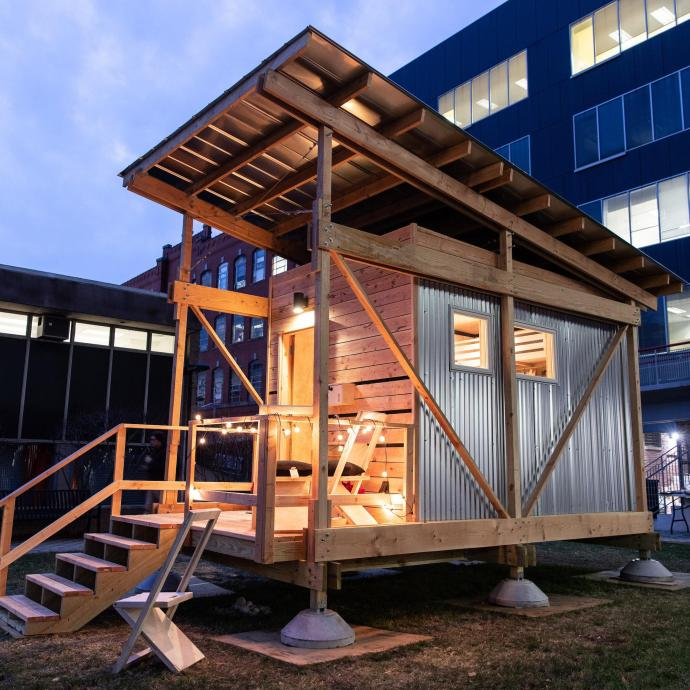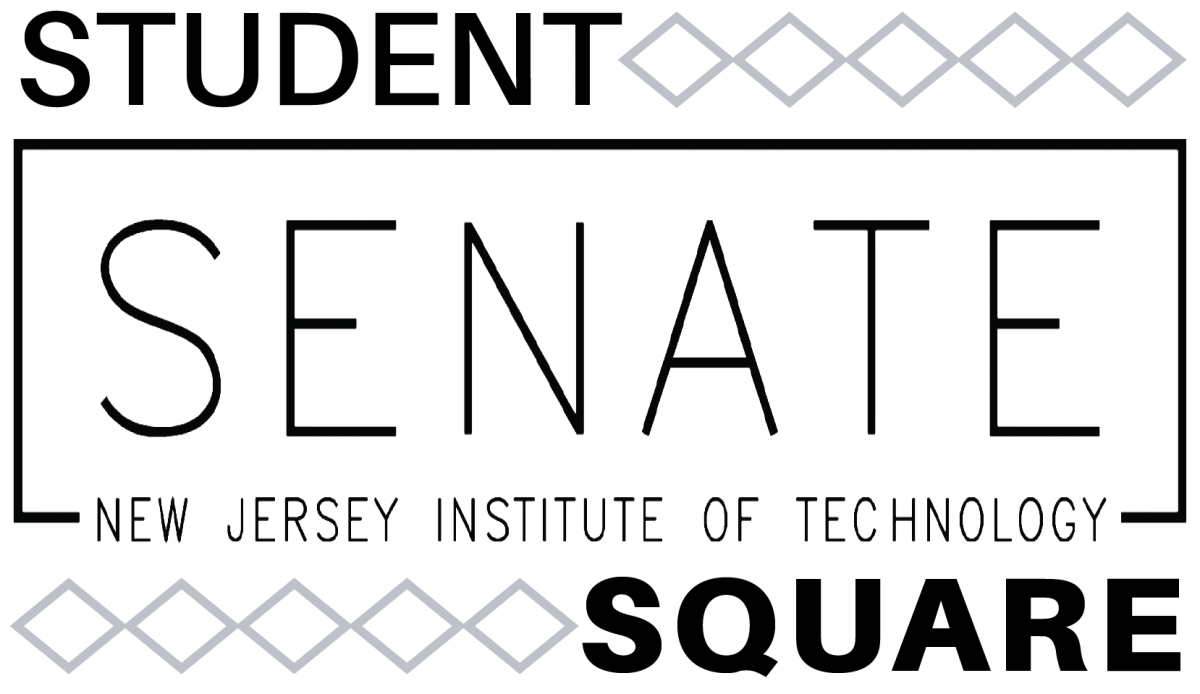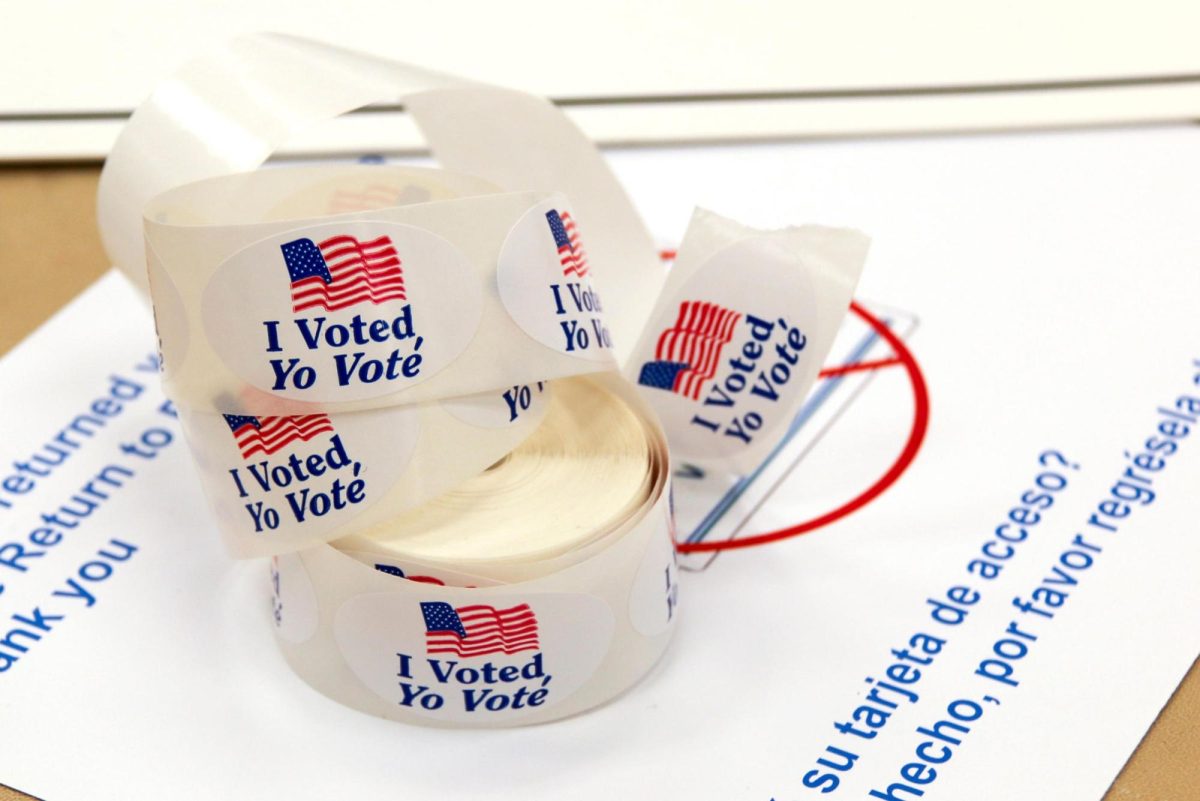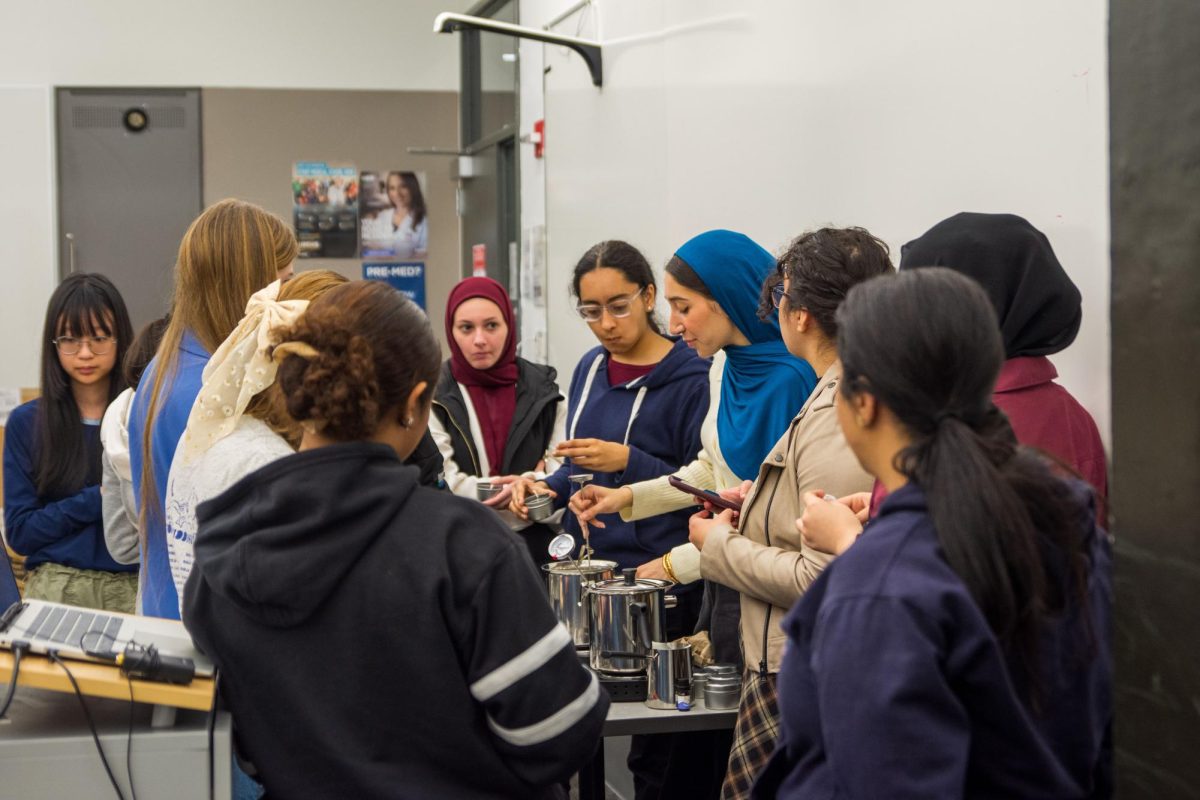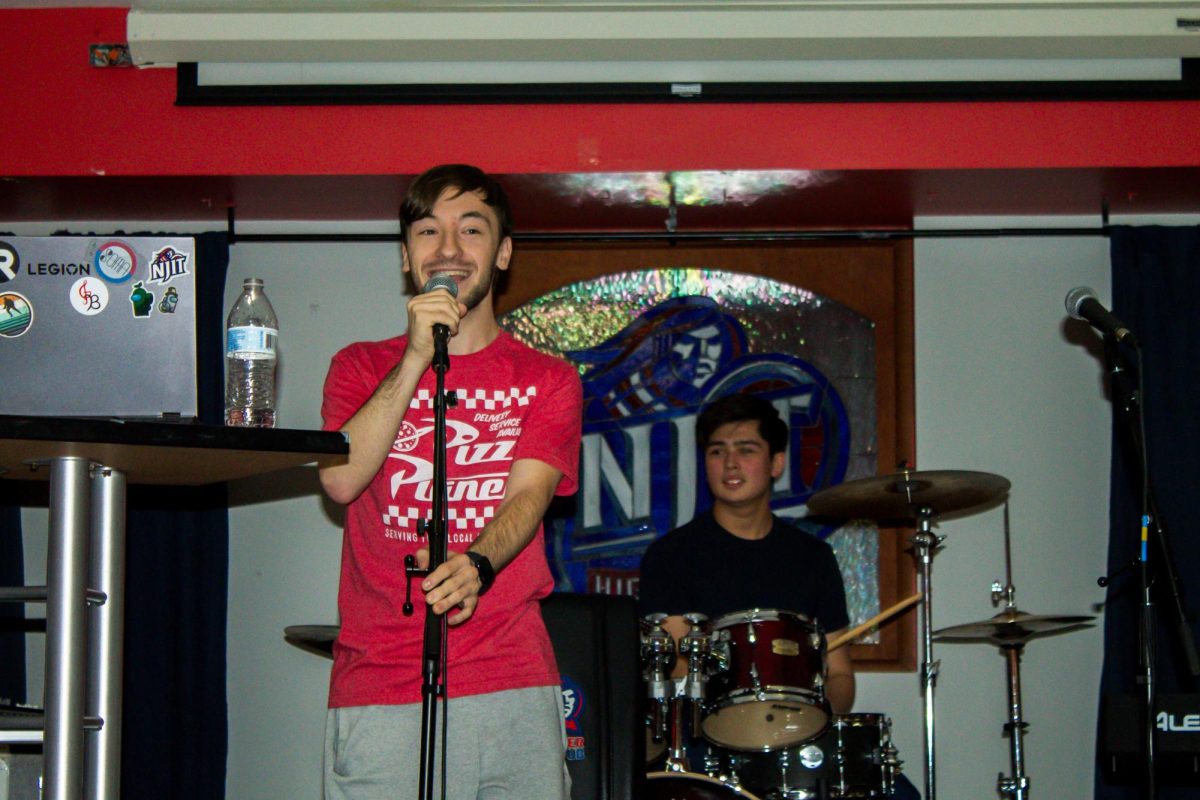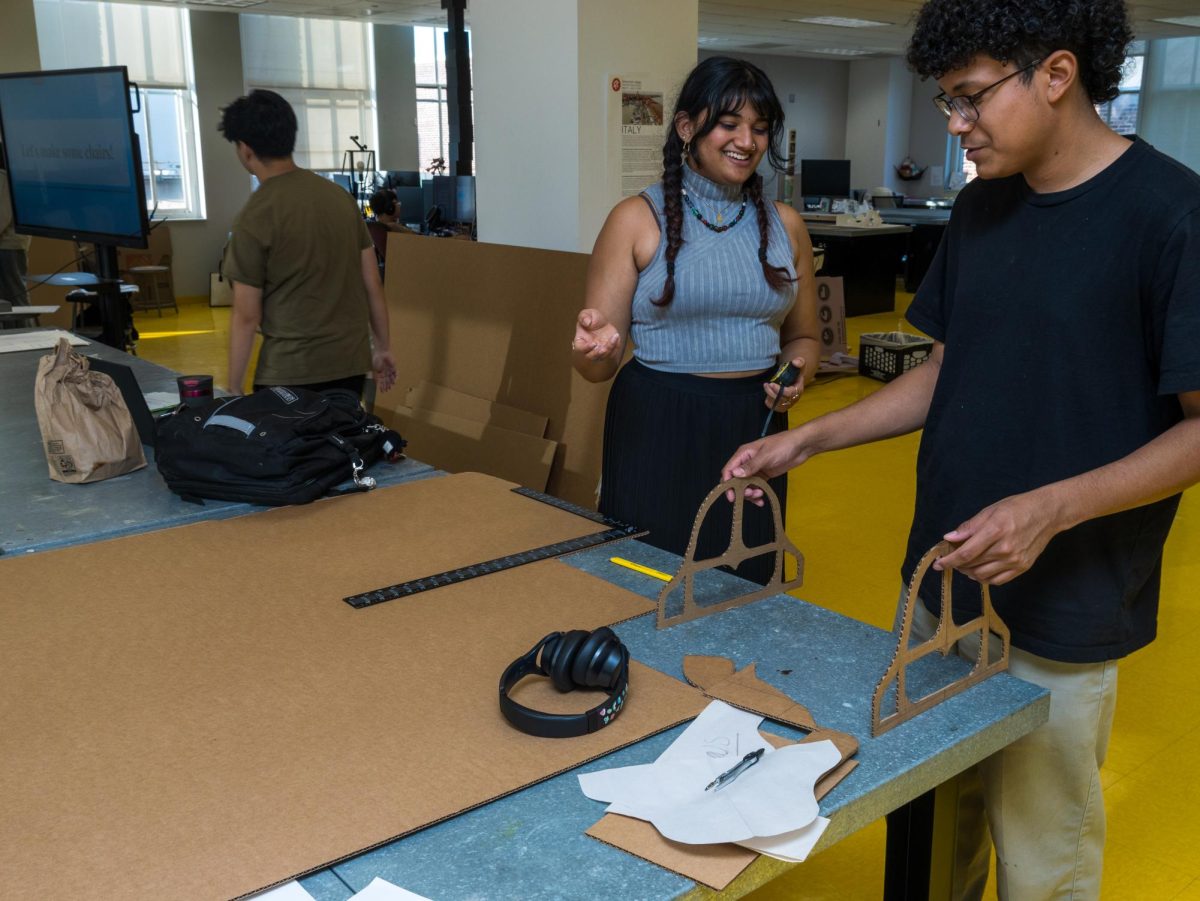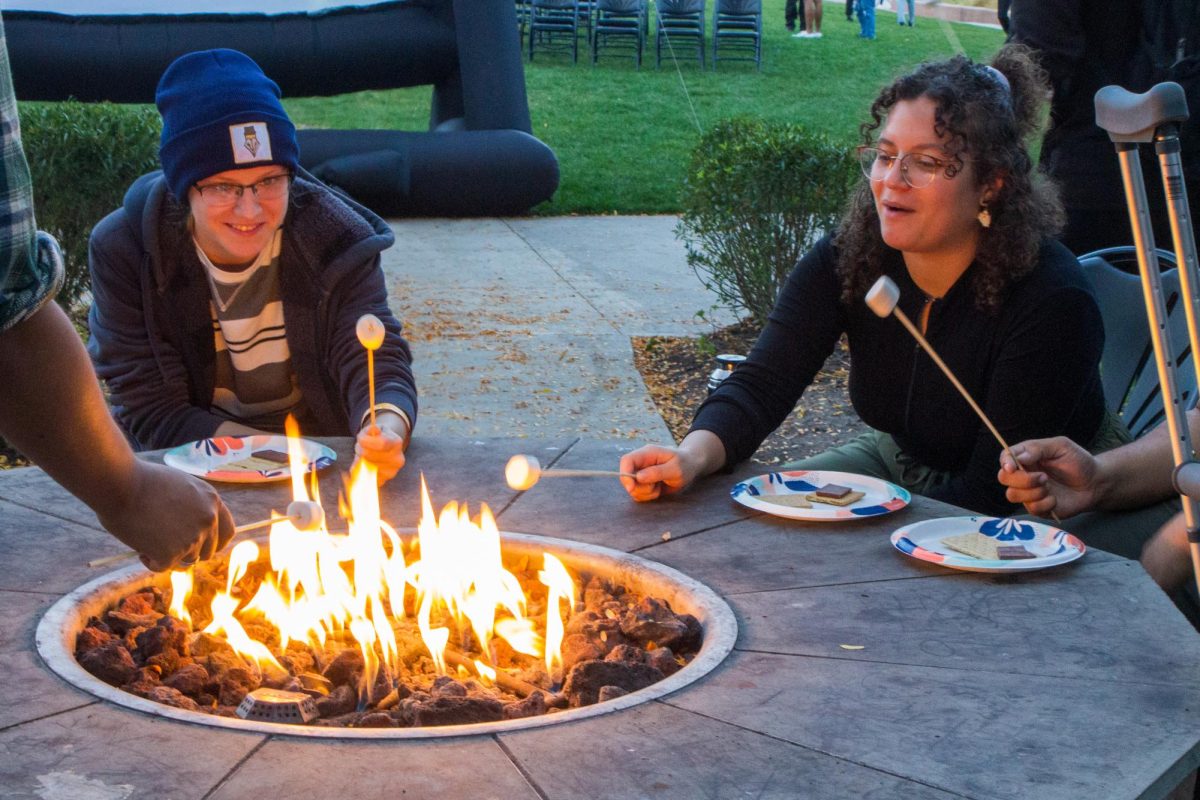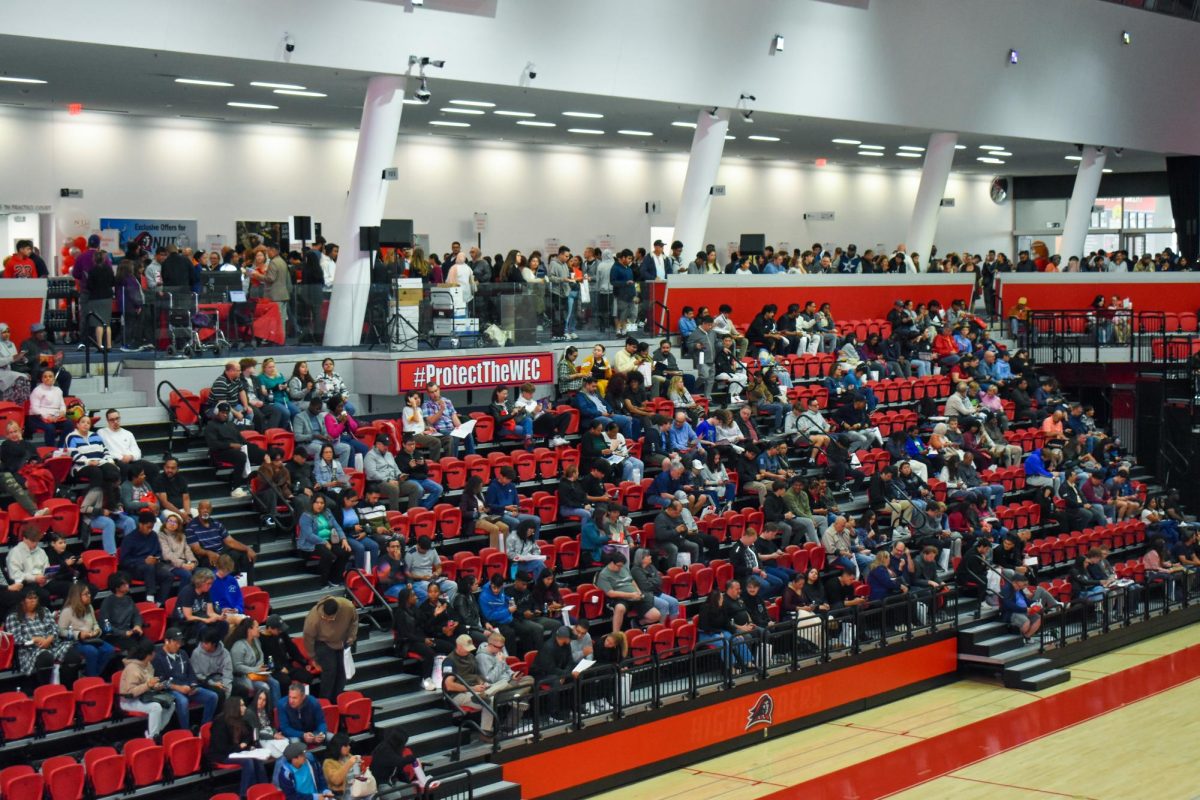For an event that was advertised by posters all over campus, attendance was rather poor. At 2:35pm, only three of the six panel members were in attendance, and chairs were still being set up. The number of panel members remained the same and the chairs empty. It may have been that planning a discussion in the time slot before students had a math common was not the most apt. But among the students that did show up, there was some general interest. The three panel members that were there, Masroor, Darian, and Vanessa, all civil engineering students, did a notable job of opening up the discussions.
Although the event may not have started strongly, the content was engaging and thought provoking. The first step was to make everyone comfortable and to create a free space for an open discussion by closing the doors. The clichéd line “what happens here stays here,” popularized by Vegas ads, was said, but there would be no gambling of secrets here. Once the room was safe and secure, the ice was broken with an iceberg – Iceberg Theory, to be more exact. Simply put, people judge based on the 10% they see on the surface. The other 90% of a person is something one would never know without meeting and talking to them. For example, race, sex, religion, and sexual orientation are major variables that influence people’s impressions from the get-go.
As the program continued, the questions asked generated an engaging discussion. The topics ranged from ethnicity to gender to religious identities. One participant brought up generalizations about food and ethnicity. They related stories about how after some people found out their ethnicity, they immediately began talking about how much they liked typical foods of that ethnicity. Commenting about food may seem innocuous, but it already shows a generalization based on one’s ethnicity by assuming someone eats certain foods all the time because they are of a certain race or culture.
Generalizations are not made solely from race. If there is one guy with a group of women, it is usually assumed he is dating one of the women, or at least trying to. This heterosexist assumption of gender roles states that the only reason a guy would be hanging out with women is for sex. Some of the gay members attending the event related their experiences with this assumption. A related topic discussed was flirting, something people do frequently, and sometimes without much thought or care to the recipient’s emotions. However, it can be painful when a straight individual knowingly flirts with a gay one just to elicit a reaction or response.
Sometimes, it is not individual people but environments that cause people to feel uncomfortable. A Muslim participant said that they removed a religious symbol hanging in their car while working over the summer because they did not feel safe. They were afraid that something might happen to them if anyone saw the Islamic symbol. This is merely a singular example based on religion. However, it held true for some of the other members of the event relating to other areas such as sexual identity.
It should be obvious that the people who were at the event were the people that wanted to be there, but the real question lies in how to engage a larger audience. This discussion needs to be brought beyond the people that are interested and to those that may not feel as strongly on the subject of diversity. This event was meant to be a start to something larger, a beginning for discussion that is not taking place on campus. Hopefully there will be more to come, drawing more people to talk and to grow through conversation.
“Never doubt that a small group of thoughtful, committed citizens can change the world; indeed, it’s the only thing that ever has.” – Margaret Mead
Walter Church


